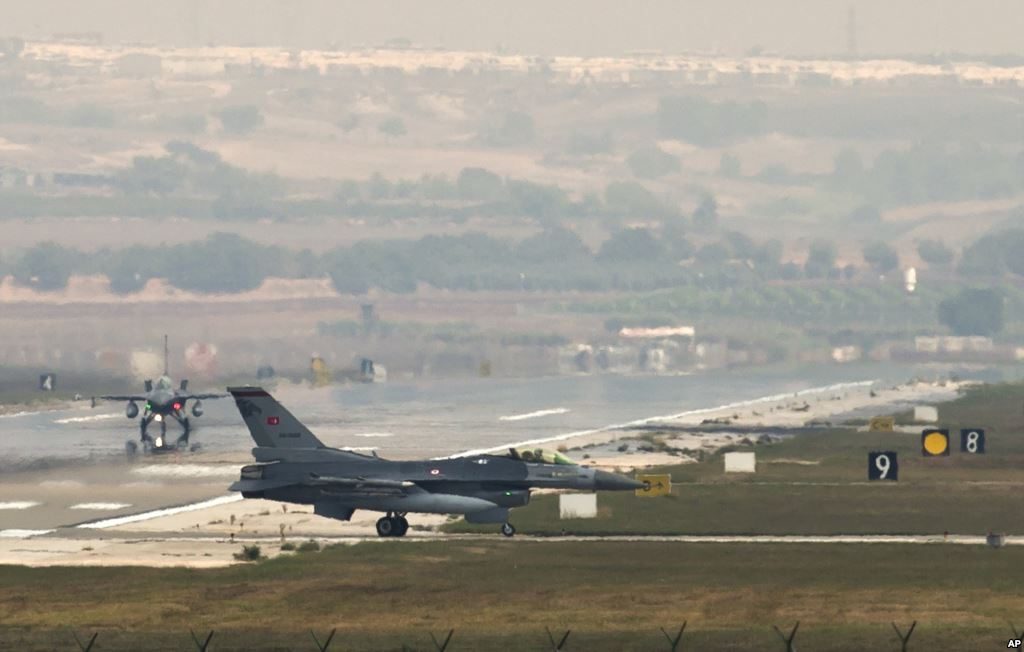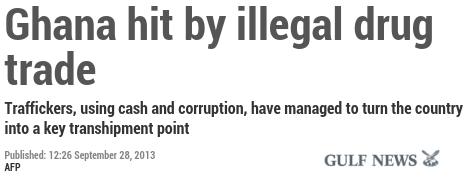Fed up and not afraid!
JACQUELIN KATANEKSZA

Image Credit: AFP
Following weeks of public demonstrations against corruption, bad governance and a rapidly deteriorating economy, people all across Zimbabwe heeded a call last week for a nationwide stay-away, in an act of defiance against the government.
In recent weeks, protests both within and outside the country have increased in both number and intensity. On Friday July 1, the Zimbabwe-South Africa border post, Beitbridge, was shut down and a Zimbabwe Revenue Authority warehouse set on fire, after citizens took to the streets to protest agovernment ban on the importation of basic goods.
On Monday July 4, public transportation drivers in Harare clashed violently with police during riots over police harassment and extortion on the roads, while in London, UK activists besieged Finance Minister Patrick Chinamasa. The following day, teachers, doctors and nurses in Zimbabwe began nationwide strikes over the government’s failure to pay their salaries on time.
President Robert Mugabe’s order for Zimbabweans to “go about their normal business” on Wednesday went unheeded. Rather, the national stay-away day, galvanized by the social media movement#ThisFlag (to contest ownership of national symbols by the ruling party), marked one of the biggest and most peaceful stay-away actions since 2007.
In South Africa, a wing of demonstrators from the #tajamuka movement, called for Zimbabwean residents there to protest outside the Zimbabwean consulate. The Zimbabwean government responded by shutting down the social media networks, particularly Whatsapp, in an effort to thwart the stay-away. The Postal and Telecommunications Regulatory Authority of Zimbabwe (POTRAZ) further warned members of the public against sharing information or images pertaining to the stay-away, citing such materials as threatening, subversive and offensive, and stating that anyone generating or sharing such materials would be arrested. Hackers from the group Anonymous Africa retaliated by shutting down government websites and the state controlled broadcaster, the Zimbabwe Broadcasting Corporation (ZBC). In the aftermath of the stay-away, leaders of the #tajamuka movement are calling on citizens to march on the State House this coming Saturday and demand Mugabe’s resignation.
While stay-aways have been held several times since 2000, this one is markedly different on account of its non-partisanship, and its use of social media as a mechanism through which to foment and coordinate dissent: Citizens, through direct public mobilization, have deliberately articulated the need for an alternative social order; they have done so without a formal opposition political party to galvanize them; they have done so using the technological avenues available to them. Zimbabwean Twitter feeds, Whatsapp threads and Facebook walls have become spaces of electronic civil disobedience.
This digital activism is not restricted to the online environment. It has manifested in the form of collective public action. The use of social media platforms allows for the co-construction of a new type of social movement and the possibility for alternative forms of social, political and economic organization. Concrete demands have been made. Calls have gone out for the government to remove roadblocks that police officers use to demand bribes, pay civil servants on time (by the end of last week, the government had paid some of the salary arrears), take action against corrupt ministers, remove import controls (which have since been somewhat relaxed), and rescind plans to introduce “bond notes” as a means of easing the liquidity crisis in the country.
Mugabe’s government is facing serious popular resistance. Could this resistance be the basis of a national movement with real political potential? Yes, absolutely. Zimbabwe is in a new phase of politics. The public demonstrations – both organic in the form of riots and protests and organized in the form of the strike and national stay-away – point to an increasingly active and performative citizenry. Through the interface of global digital platforms and local activism, Zimbabweans are reconfiguring visibility and voice, understanding them locally, nationally and transnationally, and thereby illuminating new possibilities for alternative subjectivities and social formations.
But, there are concerns. As things stand, three separate resistance blocs are most visible; #ThisFlag, #tajamuka and Acie Lumumba’s fledgling political party, Viva Zimbabwe. A key challenge moving forward is to foster a continued coalescence of ideas, visions and plans beyond anti-Mugabe rhetoric and politics. The recent and ongoing actions in Zimbabwe point to very real forces at work, with the potential to transmute political and social arrangements within the country. Looking ahead, Zimbabweans will need to harness those actions, ideals and agendas cohesively so as not to lose momentum or face the risk of falling into obscurity – the unfortunate and all too common destination of many such movements.
Fed up and not afraid!
JACQUELIN KATANEKSZA

Image Credit: AFP
Following weeks of public demonstrations against corruption, bad governance and a rapidly deteriorating economy, people all across Zimbabwe heeded a call last week for a nationwide stay-away, in an act of defiance against the government.
In recent weeks, protests both within and outside the country have increased in both number and intensity. On Friday July 1, the Zimbabwe-South Africa border post, Beitbridge, was shut down and a Zimbabwe Revenue Authority warehouse set on fire, after citizens took to the streets to protest agovernment ban on the importation of basic goods.
On Monday July 4, public transportation drivers in Harare clashed violently with police during riots over police harassment and extortion on the roads, while in London, UK activists besieged Finance Minister Patrick Chinamasa. The following day, teachers, doctors and nurses in Zimbabwe began nationwide strikes over the government’s failure to pay their salaries on time.
President Robert Mugabe’s order for Zimbabweans to “go about their normal business” on Wednesday went unheeded. Rather, the national stay-away day, galvanized by the social media movement#ThisFlag (to contest ownership of national symbols by the ruling party), marked one of the biggest and most peaceful stay-away actions since 2007.
In South Africa, a wing of demonstrators from the #tajamuka movement, called for Zimbabwean residents there to protest outside the Zimbabwean consulate. The Zimbabwean government responded by shutting down the social media networks, particularly Whatsapp, in an effort to thwart the stay-away. The Postal and Telecommunications Regulatory Authority of Zimbabwe (POTRAZ) further warned members of the public against sharing information or images pertaining to the stay-away, citing such materials as threatening, subversive and offensive, and stating that anyone generating or sharing such materials would be arrested. Hackers from the group Anonymous Africa retaliated by shutting down government websites and the state controlled broadcaster, the Zimbabwe Broadcasting Corporation (ZBC). In the aftermath of the stay-away, leaders of the #tajamuka movement are calling on citizens to march on the State House this coming Saturday and demand Mugabe’s resignation.
While stay-aways have been held several times since 2000, this one is markedly different on account of its non-partisanship, and its use of social media as a mechanism through which to foment and coordinate dissent: Citizens, through direct public mobilization, have deliberately articulated the need for an alternative social order; they have done so without a formal opposition political party to galvanize them; they have done so using the technological avenues available to them. Zimbabwean Twitter feeds, Whatsapp threads and Facebook walls have become spaces of electronic civil disobedience.
This digital activism is not restricted to the online environment. It has manifested in the form of collective public action. The use of social media platforms allows for the co-construction of a new type of social movement and the possibility for alternative forms of social, political and economic organization. Concrete demands have been made. Calls have gone out for the government to remove roadblocks that police officers use to demand bribes, pay civil servants on time (by the end of last week, the government had paid some of the salary arrears), take action against corrupt ministers, remove import controls (which have since been somewhat relaxed), and rescind plans to introduce “bond notes” as a means of easing the liquidity crisis in the country.
Mugabe’s government is facing serious popular resistance. Could this resistance be the basis of a national movement with real political potential? Yes, absolutely. Zimbabwe is in a new phase of politics. The public demonstrations – both organic in the form of riots and protests and organized in the form of the strike and national stay-away – point to an increasingly active and performative citizenry. Through the interface of global digital platforms and local activism, Zimbabweans are reconfiguring visibility and voice, understanding them locally, nationally and transnationally, and thereby illuminating new possibilities for alternative subjectivities and social formations.
But, there are concerns. As things stand, three separate resistance blocs are most visible; #ThisFlag, #tajamuka and Acie Lumumba’s fledgling political party, Viva Zimbabwe. A key challenge moving forward is to foster a continued coalescence of ideas, visions and plans beyond anti-Mugabe rhetoric and politics. The recent and ongoing actions in Zimbabwe point to very real forces at work, with the potential to transmute political and social arrangements within the country. Looking ahead, Zimbabweans will need to harness those actions, ideals and agendas cohesively so as not to lose momentum or face the risk of falling into obscurity – the unfortunate and all too common destination of many such movements.
Fed up and not afraid!




















